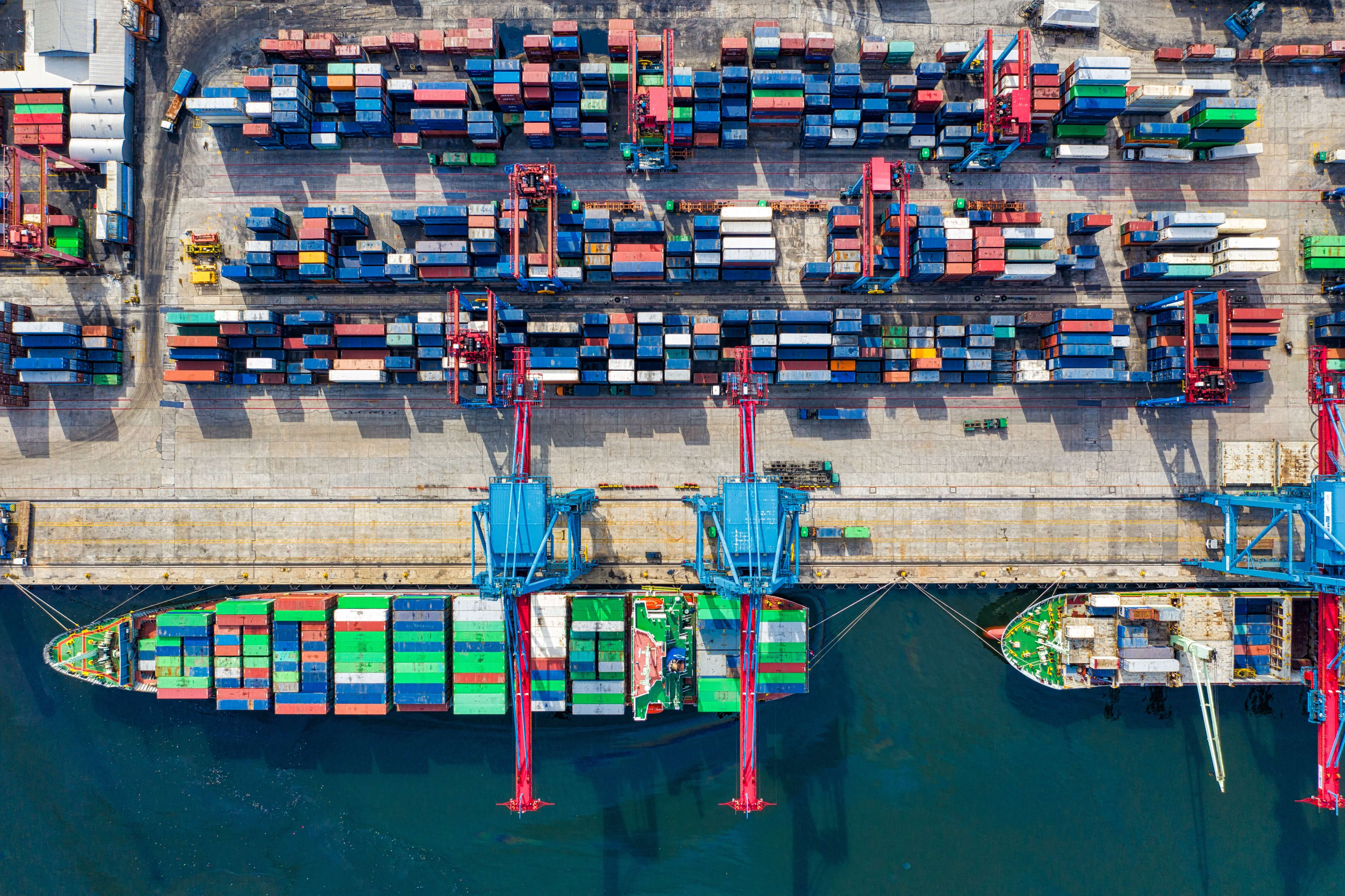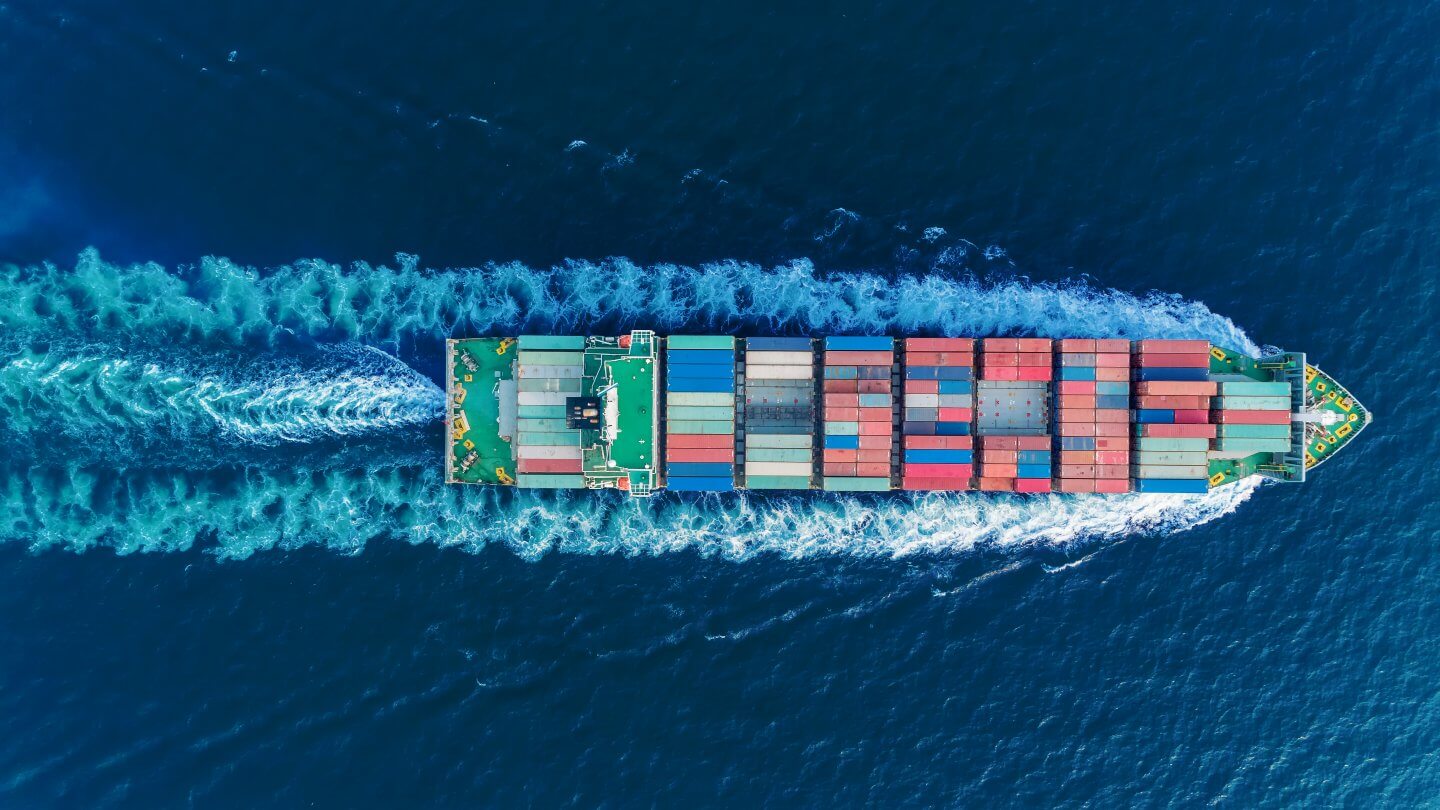Transport management for the rest of us – RateLinx and technology in the mix
The people involved in transport, logistics, and shipping aren’t often what you might call “technical types.” Although that’s playing on stereotypes to a degree, it’s a safe bet that transport professionals don’t know, and aren’t interested in knowing, about the deeper intricacies of how computers and networks function. Mention “the cloud” and some may point to the sky – and to be frank, that’s no bad thing. Professionals should concentrate on what they’re best at, what they have trained in, and use their accrued experience to help run the business of logistics and supply.
There are a couple of areas of transport that are renowned in technical circles for being especially unsophisticated in terms of cybersecurity: our sister publication Tech Wire Asia has reported at some length on the cybersecurity issues around ocean shipping, for example. But the fact is that if a transport company (positioned anywhere in the industry) wants to progress and thrive in the increasingly digitized future, it will have to rely on a more sophisticated technological base than many organizations possess at present.
Most transport businesses of any size are already running a TMS (transport management system) of some description. Many are bespoke solutions carefully crafted to the individual needs of the company, and help decision-makers oversee the day-to-day running of highly complex operations. Another commonplace instance of that type of software is the TMS that was bought off-the-shelf and then configured after the fact (usually by a team from the original supplier). A TMS represented a significant investment at the time, and is often an ongoing expenditure, with licensing, maintenance & support, continuous development and associated tasks needing ongoing payments.
Businesses evolve and change, new markets open and disruptive technologies and practices begin to make their mark on the industry; the source of change might be from startup businesses keen to make headway in a competitive market, or longer-serving stalwarts changing focus and direction. Consumerization of technology has been especially influential, but, whatever the cause, there are much higher expectations of services. That includes faster deliveries, trackable shipments at the basis of individual pallet (or even a single SKU), accountability at all points of the supply chain, and demands for flexibility in all elements of supply.
To a certain extent, TMS solutions in daily use in the industry are struggling to cope. New demands placed on the business mean that there is an increased number of repetitive tasks to be done by personnel, new practices that dictate the need for lots of work to be done by hand, and other areas where the technology that once ran the business seamlessly, just isn’t able to handle everything the way it used to.

Source: Shutterstock
A company that’s seen this issue many times in its long experience is RateLinx: it’s been in the transport and logistics management business for over 20 years and is a significant investor in its IT systems which it installs for transport companies right across the world. The significant issues RateLinx has reported to us are those which its customers report to RateLinx, namely:
- A need to integrate information from partners, suppliers, and other companies with which its clients do business.
- An unwillingness or inability to commit the IT spend required to achieve those integrations.
- Difficulties in using new carriers or partners because close working ties are hampered by incompatible technologies.
- An IT department focused on compliance and cybersecurity, not ongoing development and support of the TMS, usually due to limited budgets.
- Pressure form C-Suite personnel for changes in strategy that cannot be actioned, or at least, can’t be actioned quickly enough.
- An inability to think about “the bigger picture” due to the daily pressures of keeping the organization’s processes running by ‘nursemaiding’ current software and technology.
RateLinx’s platform helps solve those issues, and in most cases, without a tear-down-and-start-again installation of a new raft of expensive, unfamiliar systems. The company’s staff will integrate the different systems already in daily systems, right across the enterprise. Therefore, if your organization wants to plug together an ERP system, the Finance Department’s software, operations management portals, and HR’s software, that can be taken care of simply by RateLinx.
The principal aim is what the company calls an “integrated data foundation,” and to achieve this, the interfaces need to extend much further in today’s business climate. To that end, RateLinx’s relations with many, many carriers means that systems from across the globe can all feed into and accept feeds from your TMS. In fact, given the company’s length & breadth of experience, just about any integration with any system right along the supply chains in which you operate can become an element of that foundation data, on which your company can build.
The platform effectively “normalizes” the data it processes, making information interchange seamless: even the initial discovery processes where systems present their data formats and fields to one another is largely automated by the platform. Where two systems don’t communicate automatically, RateLinx’s team will be there to undertake the work on your behalf – all as part of the license for which you’ve already paid. That’s a significant value-add.

Source: Shutterstock
The extent of your buy-in into the RateLinx platforms is entirely down to you. If you need a fresh approach, then the company has its own TMS, but its solutions will happily work with your existing investments. There are further options like PayLinx and TracLinx, which cover freight & payment audits, track and trace, and supply chain monitoring. Each adds to the ability of the organization to operate from real-time information that covers every aspect of operations, anywhere in the world. Individual payments, reckonings, freight tracking across all carriers: air, courier, intermodal, by the truckload or parcel, the level of details is down to you.
For the financial side of the business, there’s also automation, as orders are matched to invoices automatically (with exception in handling complex cases passed to staff), and then are either processed on the platform, or the required details fed electronically to the Accounts Division’s integrated systems.
Track and trace, informed by integration with carriers along the chain, is possible in real-time: this is integrated shipping intelligence that smooths your company’s internal workings and ensures data interaction with your partners, carriers, suppliers and customers alike.
To learn more about RateLinx, and let advanced technology take the strain with expert help on tap at every stage, get in touch with a representative today.









